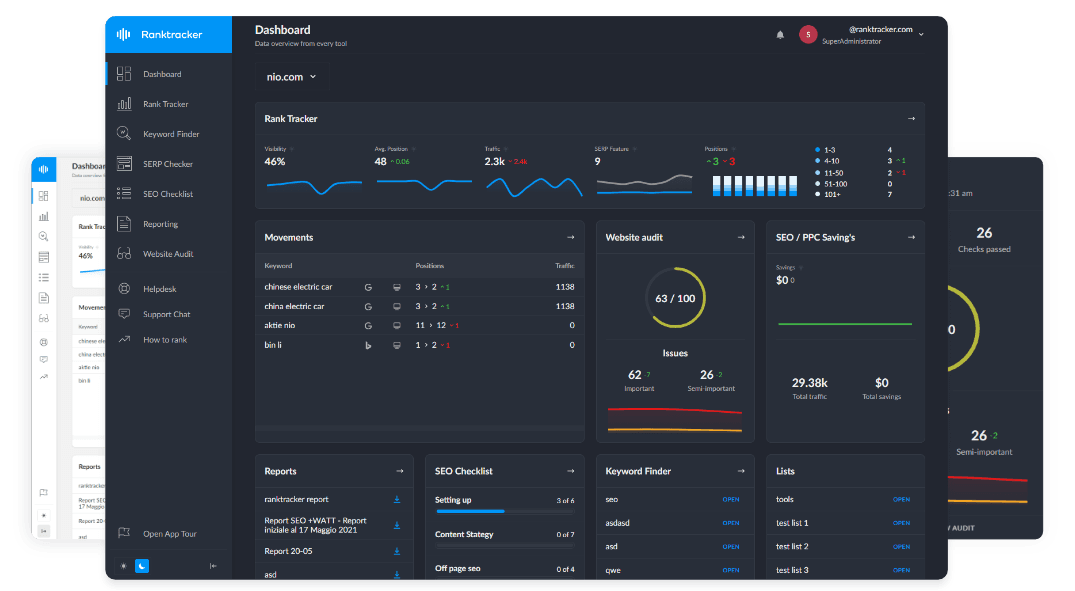Intro
Startups often face the challenge of balancing limited funds, promising and ambitious ideas, and the high need for fast progress, while staying competitive. Within these needs, developing a Minimum Viable Product (MVP) is a tactic that can help you achieve a range of benefits. In fact, it allows you to validate your idea, attract early users, and court investors with a lean, focused version of your solution.
Yet, building an MVP in-house is often not feasible, particularly when budgets are tight and technical resources are scarce. Therefore, outsourcing MVP development is often the most strategic option for startups that want to gain a base for further elaboration, become more competitive, and optimize available resources. In this post, we’ll answer the question “why outsource for MVP app development”, the primary reasons, benefits, and principles of this strategy.
What MVP Is and Why It’s Essential for Startups
An MVP for startups is the initial performing version of a product that facilitates sufficient value to satisfy early adopters while delivering a feedback loop for future refinement. Its concept implies that it’s not meant to be feature-complete; an MVP is created to test assumptions, grasp insights from real users, and adapt accordingly.
Startups perform in an environment where uncertainty and constant dynamics are pretty normal. In case you opt for an MVP approach, it allows you to get to the mark faster without burning through all your capital.
Besides, it arms you with a tangible base to share with investors, potential customers, and stakeholders. More importantly, it helps you avoid spending months or even years developing a concept, relevant to nobody. With the core value proposition, an MVP reduces risk and accelerates learning, giving your startup a chance to become more outstanding in a crowded market.
Challenges of Building In-House
Building in-house may seem like the one and only choice at first glance, but startups soon discover that it brings more obstacles than value, especially when striving to cover all the expenses under the strict budget constraints.
Budget
The financial part of hiring and maintaining an in-house team is significant. Salaries, perks, equipment, and operational costs can quickly deplete your runway. For early-stage startups, every dollar counts, and investing in full-time employees prior to the product-market fit is risky. MVP development should be capital-efficient, not a financial gamble that drains your reserves before you even verify the market validity.
Hiring Delays
Finding strong talent is time-consuming and requires solid technical expertise. It can take months to hire developers, designers, and product managers who share your vision. Unfortunately, in most cases, startups don’t have that kind of time. Every delay gives other market players a chance to get ahead. The hiring process also distracts founders from strategic tasks like fundraising, customer discovery, and business development.
Lack of Technical Leadership
Many startups are founded by non-technical entrepreneurs. Without a CTO or experienced engineering lead, implementing a product in-house becomes even more complicated. You need someone who can make critical architecture decisions, assemble the right tech stack, and manage development workflows. When missing that leadership, it's easy to end up with an unstable product, mounting technical debt, and missed deadlines.
Benefits of Outsourcing MVP Development
Outsourcing doesn’t just solve the problems but brings critical advantages that can highly support startups to build better products, faster and smarter.
Speed to Market
Outsourced teams are ready to proceed with the project almost right away. They have established flows, pre-vetted experts, and hands-on experience with rapid product delivery. With no recruiting delays or onboarding headaches, you can start development immediately. The speed is vital when your window of opportunity is short and investor expectations are high. An external team can help you launch in weeks instead of months, allowing you to validate your idea and start learning from users in the shortest time possible.
Cost Control
Why should startup outsource MVP development in terms of costs? This strategy maximizes value for money. You invest in the services of a dedicated team on a project basis, instead of the overhead associated with full-time hires. No payroll taxes, no benefits, no long-term commitments. This model lets you allocate funds more flexibly, streamline budgets, and redirect gears fast if your strategy changes. You can thus maximize your ROI while cutting financial risk.
To make the smartest financial decisions, use a calculator for MVP development costs. By visualizing where and how much you can save, the calculator helps you assess whether this approach truly aligns with your budget and growth goals, giving you a transparent view of potential savings. This way, you can confidently plan and optimize your budget.
Access to Experienced Cross-Functional Teams
A great MVP requires thoughtful UX design, rigorous testing, smart product management, and scalable architecture. You are able to achieve all these aspects with a reliable outsourcing partner that gives you access to cross-functional teams that bring robust expertise to the table. These teams have worked on multiple MVPs across different domains and comprehend how to find harmony between quality with speed. Their collective knowledge base helps you eliminate common bottlenecks and build a stronger base for future growth.
What to Look for in an Outsourced MVP Partner
The right outsourcing partner is guaranteed to drive all the benefits above. Keep in mind that you’re choosing a team that will shape the first impression of your product. The trusted partner can be a strategic extension of your startup, or even cooperate with you long-term in case your project requires it.
Industry Experience
Discover the projects a partner has worked on with startups at your stage or within your target industry. Relevant background ensures they are already familiar with your users, your challenges, and your business goals. They’ll be more effective at asking the right questions, avoiding excessive complexity, and suggesting features that actually cater to your early adopters.
Portfolio
A strong portfolio is another sign of credibility to look for. It proves that the team has delivered real products for real clients, and it shares insight into their design sensibility, technical skills, and problem-solving abilities. Case studies, client testimonials, and product demos all help form a picture of what it’s like to partner with them in practice and what kind of outcomes they can deliver.
Communication Process
Great development is always based on great communication. Your partner should have a transparent, structured process that comprises regular updates, sprint reviews, and clear points of contact. In these terms, your partner should conduct daily stand-ups or weekly demos, so you should always know the current progress, what’s next to be implemented, and where things stand. If a potential partner can’t clearly explain their flow upfront, they may not seem a good fit.
Conclusion
Considering all, why outsource for MVP development? For startups on a tight budget, this approach isn’t a compromise but an optimized strategy where you can get all the core benefits vital to your startup and services of a flawless quality. It allows you to move fast, conserve capital, and gain access to experienced professionals who can help bring your vision to life. Rather than spending critical time and money building an in-house team from scratch, you can validate your idea, reach users, and prepare for growth while your team handles the tech part.
The right outsourcing partner helps set the future and prosperity of your product. And when you’re racing to launch, enhance, and iterate, that kind of support can make all the difference. With outsourcing, you gain a faster route to market while having confident, credible support. For many startups, especially those navigating financial constraints, it’s the smartest way to turn vision into value.

